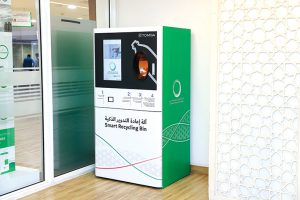Challenges for Healthcare Providers in Achieving Net Zero

Healthcare providers around the world are making significant strides in reducing their carbon footprint by focusing on ways to decrease their Scope 1 and 2 emissions. This effort is being achieved through three main strategies: increased procurement of renewable energy, energy-efficient refurbishment of buildings, and reducing electricity consumption.
One key approach is the increased procurement of renewable energy, whether through the installation of solar panels or the purchasing of renewable energy. The ease of procuring renewable energy varies from country to country. For example, Australian healthcare providers face challenges due to the country’s reliance on black coal for power generation, making it more difficult to transition to renewable energy compared to countries like Norway, which have a plentiful supply of renewable energy.
Energy-efficient refurbishment of buildings is another crucial strategy. By employing modern construction techniques, insulation, and other energy-saving measures, healthcare facilities can significantly reduce their energy consumption. However, not all buildings can be refurbished before 2050, posing challenges for older hospital structures with an average lifespan of around 40 years.
Reducing electricity consumption is also key, with simple steps like turning off unnecessary air treatment in operating theatres and switching off unused medical devices. A study by Philips and Vanderbilt found that a significant amount of energy is consumed by diagnostic imaging devices outside of patient scanning times, highlighting the importance of energy-saving practices.
In the Netherlands, energy consumption accounts for about 2% of total costs for hospitals, a figure that has remained stable in recent years. This suggests that there is room for improvement through personnel training. While energy costs are a small percentage of total expenses compared to personnel costs, offering training in energy-saving practices could yield significant benefits.
Finally, the role of nurses in energy conservation cannot be overlooked, as they make up a large portion of hospital staff but often lack direct control over energy usage in their workplace. Implementing intelligent building controls and optimizing temperature settings in operating theatres during non-operational hours could be a priority for achieving energy efficiency in healthcare facilities operating 24/7.






